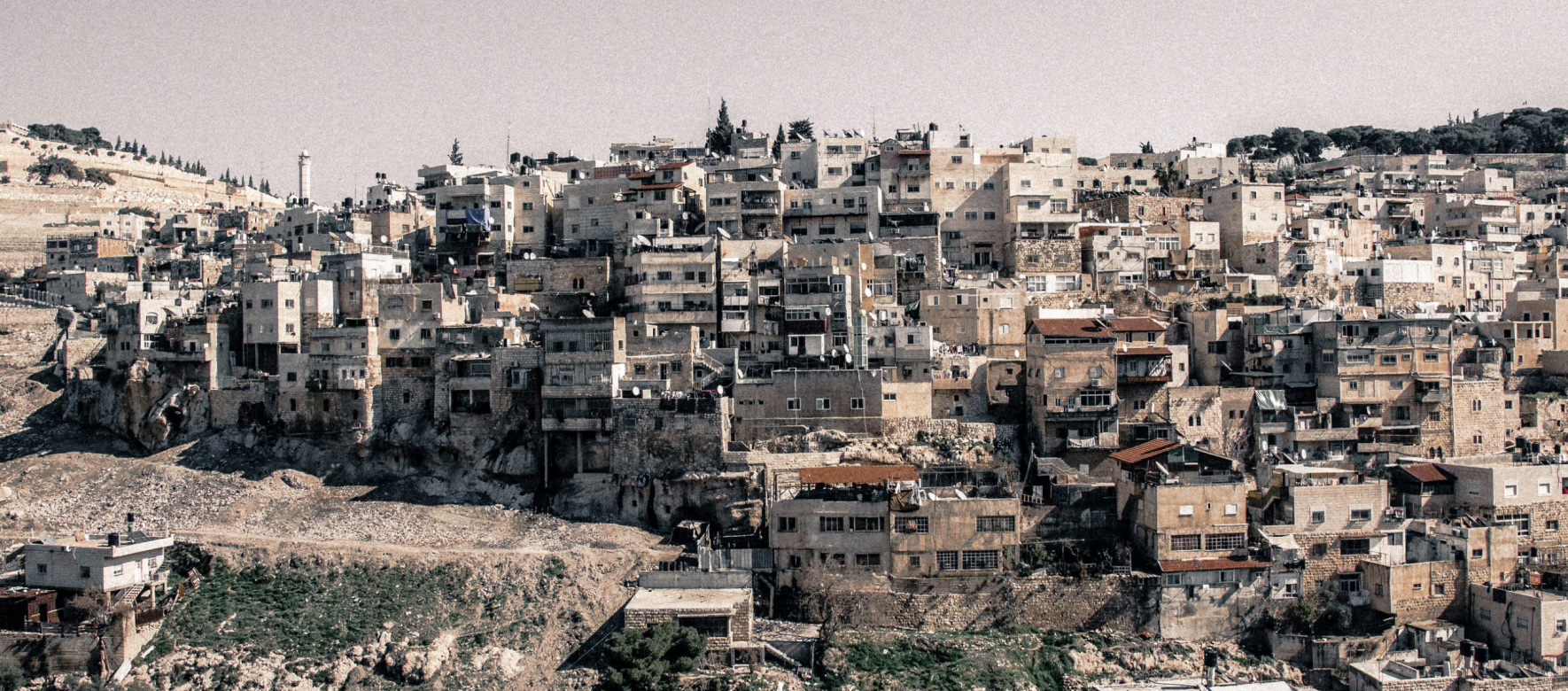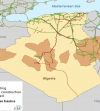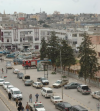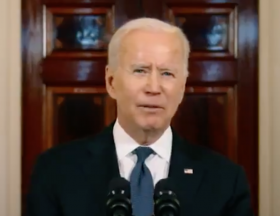Palestinian public debt increased considerably in 2020, reaching two-thirds of GDP at the end of April 2021. The significant budgetary shock, triggered by the crisis of clearances returned, duties and taxes collected on behalf of the Palestinian Authority by Israel on its imports and which it refused to collect in response to threats of annexation in the West Bank, led to rapid growth in debt from May 2020, contracted in particular with the local banking system. The health crisis has added a negative growth shock to this degraded environment, to the point of constituting a challenge for debt sustainability.
Given the fragility of the recovery and the expected decline in the PA’s internal and external revenues, the sustainability of the debt trajectory remains particularly vulnerable to any further shocks.
Before the start of the pandemic, the Palestinian economy was stagnant in a general context of de-development linked to the political and security situation. During the period 2017-19, annual GDP growth averaged 1.3%, well below the rate of population growth, resulting in a decline in disposable income per capita and an increase in the poverty.
The breakdown of the engines of growth indicates that it resulted exclusively from the accumulation of factors of production (both capital and labor), with no improvement in productivity. In the absence of fiscal leeway or monetary policy tools to mitigate the impact of the crisis, the economy has been hit hard by the health crisis and the containment measures. The decline in activity from April 2020 was rapid and general, with a GDP contraction of nearly 12% in 2020 (13.2 billion USD).
The amount of public debt increased by 26.5% in one year, from 2.93 billion USD at the end of April 2020 to 3.7 billion USD at the end of April 2021. At that date, the gross public debt displayed by the Authority Palestinian figure is around 28% of GDP. Although this level of indebtedness may appear relatively low, it is already a significant challenge given the institutional and political constraints in the West Bank and Gaza.
In addition, it should be noted that the debt figures released by the government do not include arrears accumulated during previous terms of office, which total approximately USD 4.6 billion. Thus, the real level of public debt, including payment arrears, represents nearly 63% of GDP – well above the 40% limit authorized by Palestinian law. The increase in the public deficit is explained by the fall in fiscal revenues of the Palestinian Authority, the increase in expenditure linked to the health crisis and the continuous decline in subsidies and foreign aid.
Beyond the mechanical effect linked to the impact of the crisis on international trade, the decline in the monthly amount of returned clearances paid to the Palestinian Authority is also explained by the constant increase in the share retained by Israel. .
Over the period January to April 2021, $ 129 million was deducted by Israel, or about 15% of the total taxes and fees collected. The Paris Protocol authorizes, as management fees, a withholding of 3% of the funds collected. Carried out without coordination with the Palestinian side, this additional levy is justified as a “compensation revenue” for the use of the water and sanitation network, the access of some Palestinians to the Israeli health system, but also with regard to allowances paid by the Palestinian Authority to the families of Palestinian prisoners detained in Israel (approximately USD 15 million per month).
In addition, the international support enjoyed by the Authority is constantly eroding and is also contributing to the reduction in available revenue. The amount of external aid has been divided by almost four in seven years, from 1.38 billion USD in 2013 to 370 million USD in 2020.
The Palestinian Authority’s budget deficit amounted to USD 276 million in 2020, a figure 75% higher than the previous year, mainly financed by the increase in its outstanding and payment arrears vis-à-vis the private sector. While recourse to public debt was inevitable to cope with the health crisis, financial pressures due to unfavorable health, economic and political circumstances raise questions about the sustainability of the debt, despite significant budgetary efforts.Without stable revenues, or significant progress in containing tax leakage, or sufficient external resources from donors, a significant portion of the financing needs will continue to be met through indebtedness and the accumulation of arrears – even then. that their short-term maturity poses an additional refinancing challenge.
As long as external constraints and restrictions continue to slow growth, and in a context of ever more pronounced division between the West Bank and Gaza, there will be no possible alternative in the Palestinian territories to a macro-budgetary framework that is based on on international aid to meet large funding gaps.
Dialogue between the Palestinian Authority and donors will be essential to design and mobilize effective support, including guaranteed loans, to address the impact of COVID-19 on the fiscal situation and preserve macroeconomic stability. At the same time, the Palestinian Authority should continue its reform efforts to increase its revenues and moderate the growth of public spending.
Source French Embassy in Lebanon










Réagissez à cet article